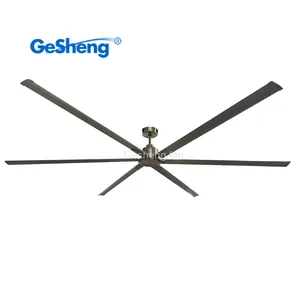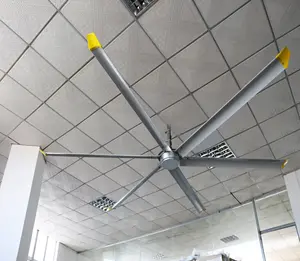Popular in your industry
































































Related Searches:

















































 Ready to Ship
Ready to Ship





















































 Ready to Ship
Ready to Ship























Top categories
About parts for a ceiling fan
Main parts of a ceiling fan
A ceiling fan typically consists of several key parts that work together to provide air circulation and cooling. Here are the main parts of a ceiling fan: The motor is the heart of the ceiling fan and is responsible for generating the power that drives the fan blades. The ceiling fan motor is usually located inside the fan housing. It can have different motor types and sizes, such as AC (alternating current) or DC (direct current) motors. The fan blades, usually three to five in number, are attached to the motor and rotate to create airflow. They can be made of various materials like wood, metal, or plastic. The shape and angle of the blades impact the efficiency and airflow produced by the fan. Blade arms are the brackets or arms that connect the fan blades to the motor. They hold the blades in place and allow them to rotate when the motor is activated.
The fan housing, also known as the motor housing or canopy, encloses the motor and other internal components. It is usually mounted to the ceiling and provides support and stability to the fan. Ceiling fans typically have to pull chains or a remote control system to control the fan speed, light (if equipped), and direction of rotation. Ceiling fan pull chains are usually located on the fan housing, while remote controls can be handheld or wall-mounted. The capacitor is an electrical component that helps control the fan speed. It stores electrical energy and releases it to the motor, allowing for different speed settings.
Material of parts for a ceiling fan
Aluminum fan blades are relatively light in weight and not easily deformed, so ceiling fans with aluminum blades are more common in daily life. Traditional ceiling fans are often made of this material. Iron fan blades have been widely installed in mid- to low-end places due to their mature craftsmanship and low price. However, with the improvement of consumption levels and aesthetics, the share of iron blade ceiling fans in the home market has gradually declined, and they are more used in industrial ceiling fans. Acrylic, also known as specially treated organic glass, has exceptionally high transparency, even exceeding that of glass. Acrylic fan blades are usually used in invisible ceiling fan lights. Due to its highly transparent characteristics, the fan blades running at high speed look natural and beautiful.
How to replace parts for a ceiling fan?
Here are some common steps of ceiling fan replacement parts. Turn off the Power: Before starting any work on the ceiling fan, turn off the power to the fan at the circuit breaker or fuse box. This step will ensure safety while working on the electrical components. Remove the Fan Blades: If people are trying replacement fan blades, start by removing the existing blades. Typically, there are screws or blade attachment brackets that secure the blades to the motor. Unscrew these or release the attachment brackets to detach the blades. Once the old blades are removed, install the new blades by aligning them with the blade arms or attachment brackets.
Replace the Motor or Fan Housing: If people need to replace the motor or fan housing, start by removing any light fixtures or accessories attached to the fan. Then, disconnect the wiring connections between the fan and the electrical supply. Unscrew the mounting bracket and remove the fan housing from the ceiling. Install the new motor or fan housing by following the reverse steps, ensuring that all wiring connections are secure. Replace the Pull Chains or Remote Control: If people need to replace the pull chains or remote control system, start by removing the cover of the fan housing to access the internal wiring. Disconnect the wiring connections of the old pull chains or remote control system. Install the new pull chains or remote control system by connecting the wires according to the manufacturer's instructions.



















































